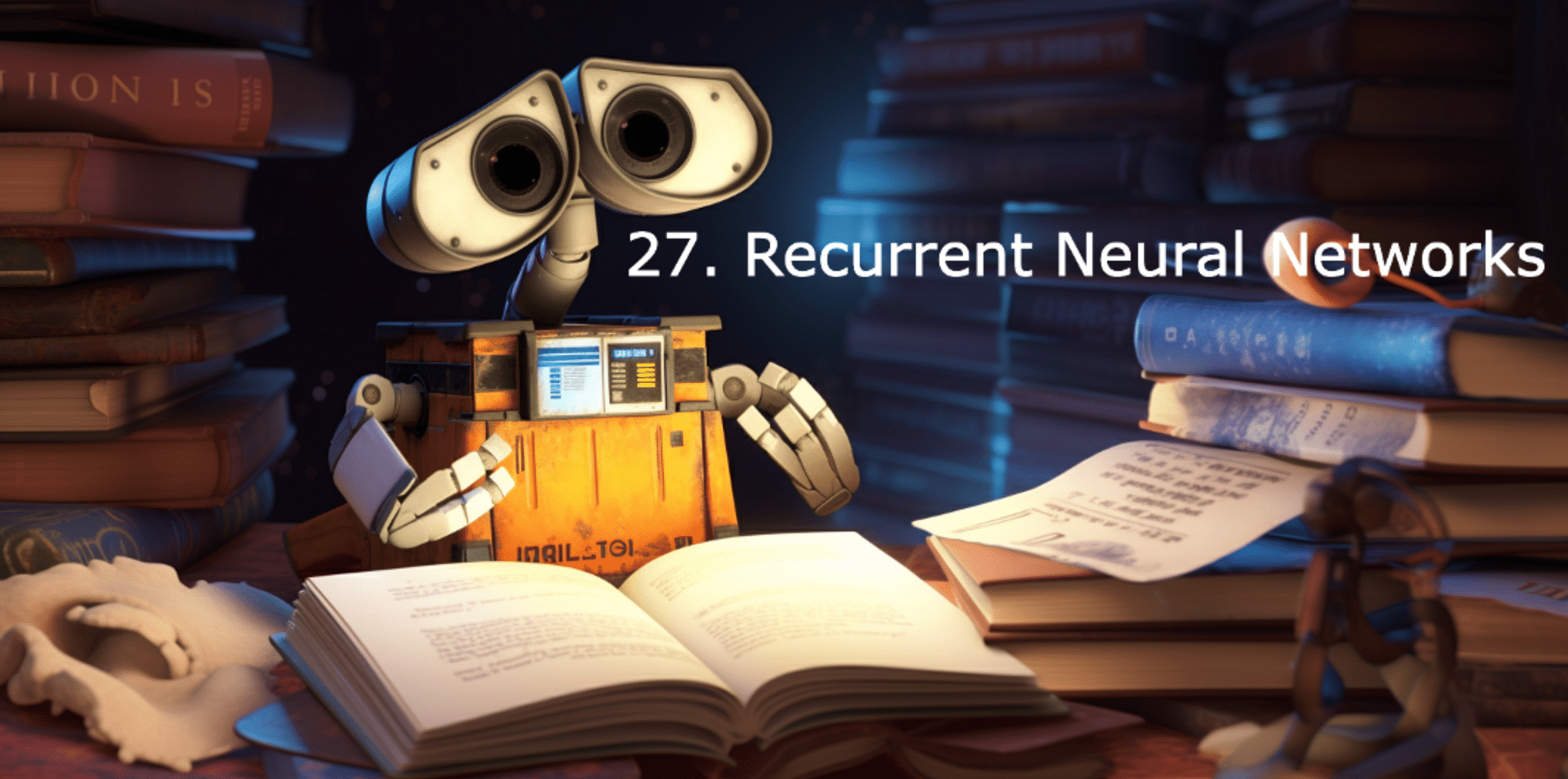Artificial Intelligence (AI) is a broad, exciting field that’s continually evolving, making breakthroughs, and impacting our lives in myriad ways. One of the fascinating aspects of AI, particularly in the area of deep learning, is Recurrent Neural Networks (RNNs). This article delves into the world of RNNs, explaining what they are, how they work, and why they are so integral to AI’s progress.
What are Recurrent Neural Networks?
Recurrent Neural Networks (RNNs) are a class of artificial neural networks designed for processing sequential data. Unlike traditional feedforward neural networks, which process inputs independently, RNNs take into account the ‘history’ of inputs they’ve processed. They are particularly adept at handling data where order and context matter, such as sentences in a text, stock prices over time, or video frames.
The Mechanics of RNNs
An RNN works by creating ‘loops’ in the network, allowing information to persist through these loops, providing a kind of memory. When processing a sequence of data, it uses the output from the previous step as an input to the current step, enabling the network to remember what it has seen so far.
This ‘memory’ aspect of RNNs is what makes them so effective for tasks like language modeling, where understanding the preceding words in a sentence is crucial for predicting the next word, or in video processing, where the context of previous frames can inform the interpretation of the current frame.
Limitations and Variants of RNNs
Despite the impressive capabilities of RNNs, they do have limitations. One significant issue is the “vanishing gradient” problem, where the network struggles to learn and update its weights effectively over long sequences. This issue can cause RNNs to forget the earlier parts of the sequence, which can be problematic in many applications.
To overcome these limitations, various types of RNNs have been developed. Long Short-Term Memory (LSTM) and Gated Recurrent Unit (GRU) are two such variants. These versions introduce gates, which manage the flow of information to and from the memory cell, mitigating the vanishing gradient problem and improving the network’s ability to learn long-term dependencies.
The Role of RNNs in AI
RNNs play a critical role in many AI applications. They are used in natural language processing for tasks like language translation, sentiment analysis, and text generation. In speech recognition, RNNs help convert spoken language into written text. They are also applied in time-series prediction, handwriting recognition, and even music composition.
The Future of RNNs
The field of RNNs continues to evolve, with researchers developing new architectures and training techniques to overcome existing limitations and expand their capabilities. One area of focus is improving their interpretability and robustness, enabling them to handle more complex and varied tasks.
Recurrent Neural Networks are a fascinating aspect of AI, with wide-ranging applications and promising future developments. Understanding RNNs and their workings opens a window into the remarkable world of sequential data processing in AI.
In our upcoming articles, we’ll continue to decode more AI terminologies like Convolutional Neural Networks, Transformer Networks, and Attention Mechanisms. Stay updated as we dive deeper into the intriguing world of AI, revealing its vast potential and the exciting opportunities it holds.






![Read more about the article [Weekly funding roundup July 4-8] Venture capital inflow continues to decline](https://blog.digitalsevaa.com/wp-content/uploads/2022/04/weekly-funding-roundup-1640354161359-300x150.png)
![Read more about the article [Funding alert] LambdaTest raises $16M in Series B led by Sequoia Capital India](https://blog.digitalsevaa.com/wp-content/uploads/2021/06/Image6lwx-1606896224063-1622620678582-300x150.jpg)


